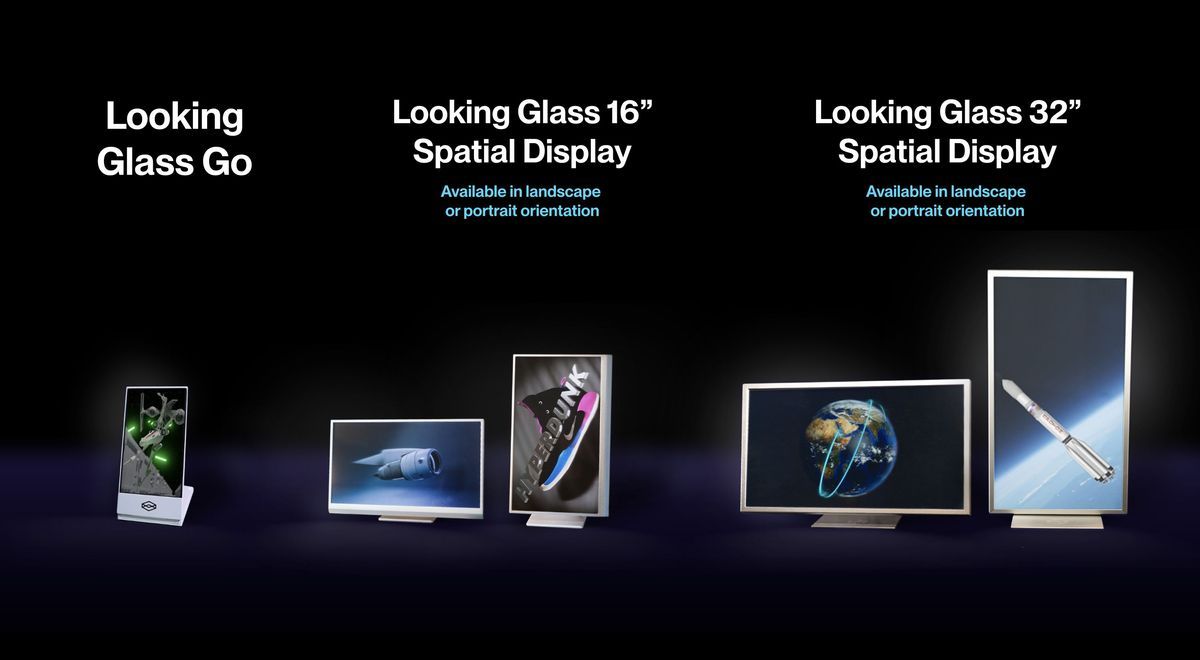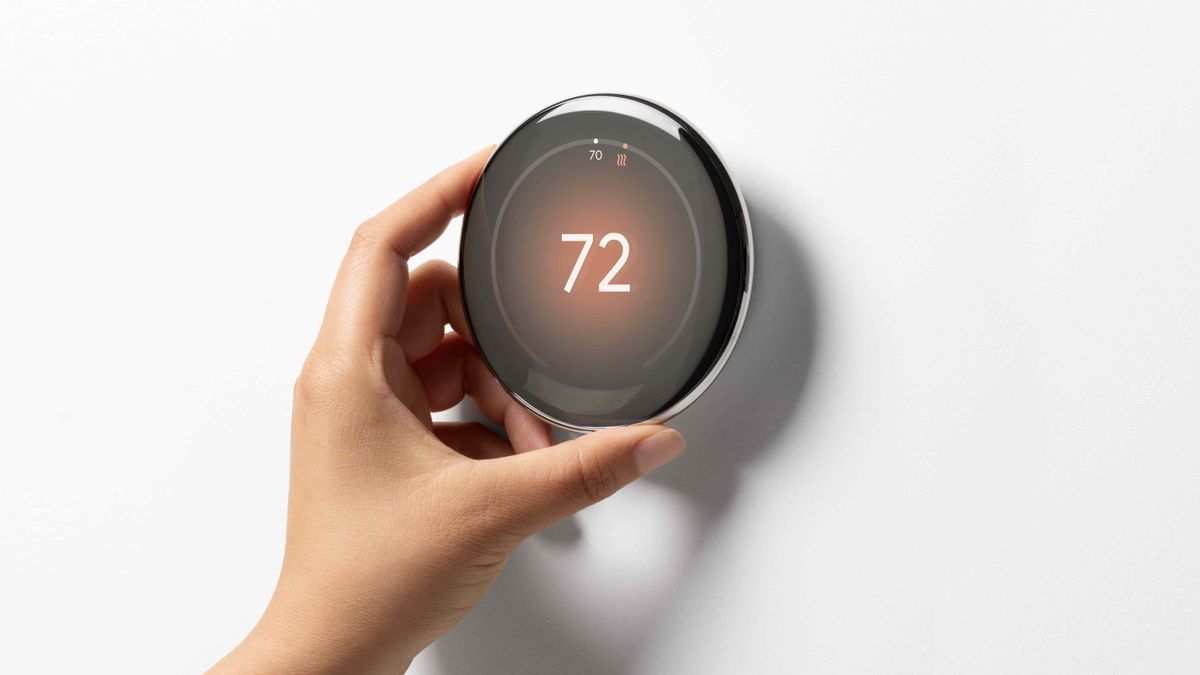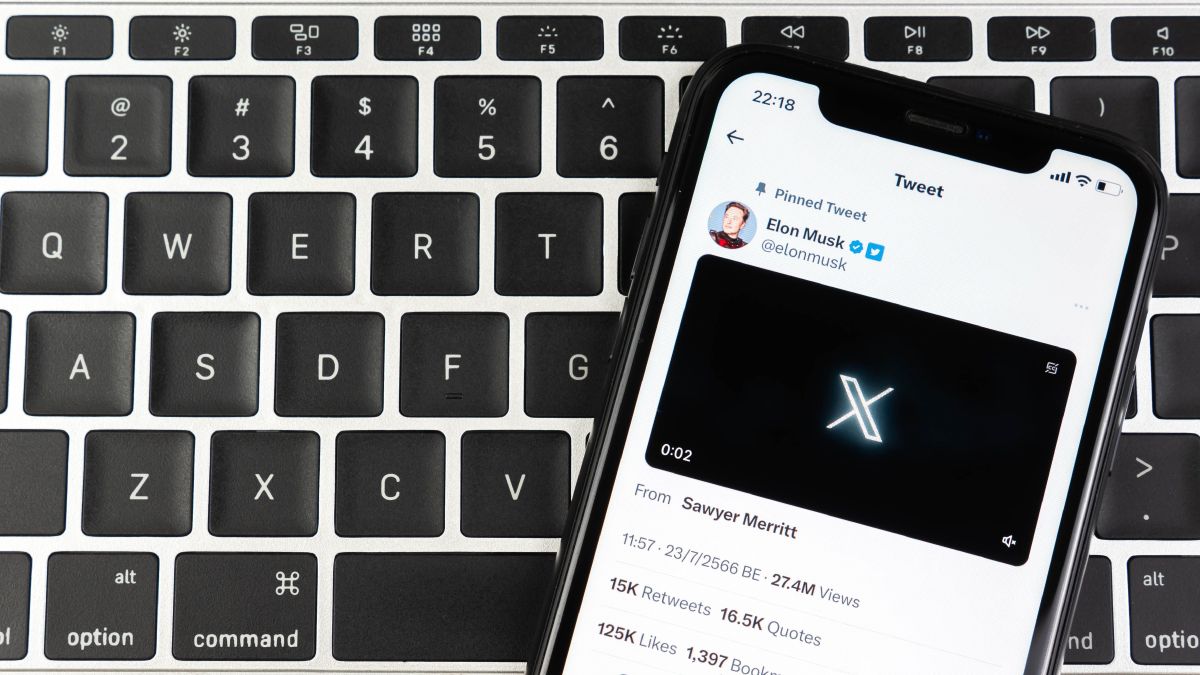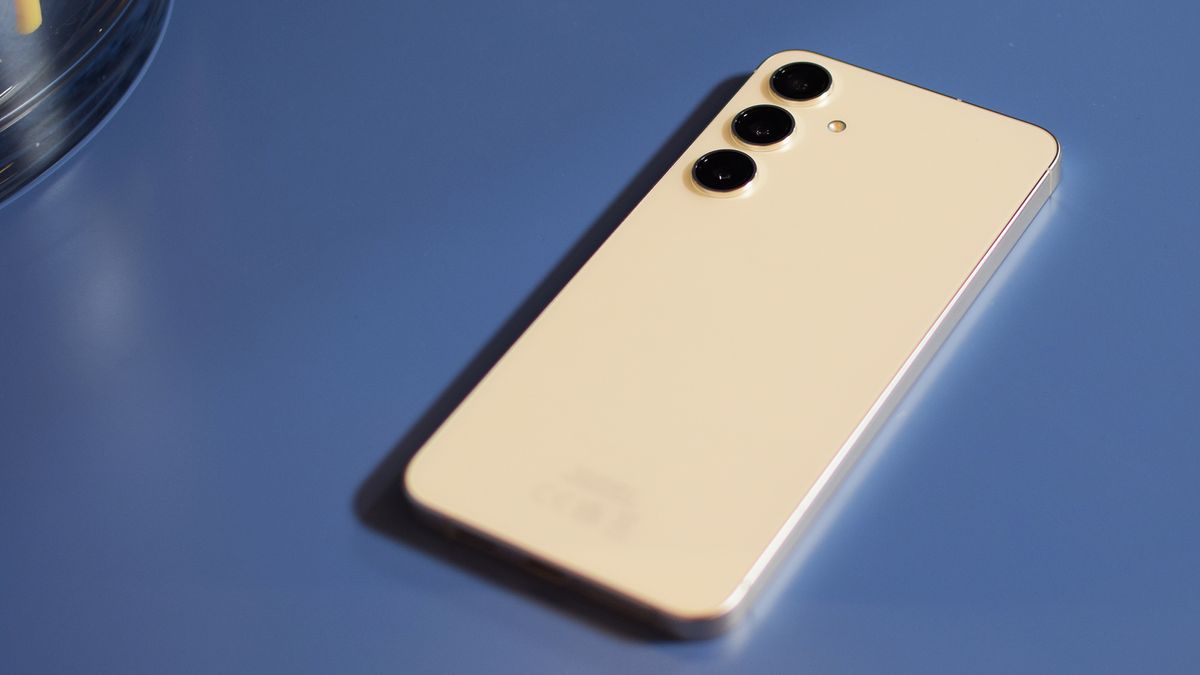Looking Glass, a hologram company founded in 2014, has launched a line of 3D holography devices that seek to push the boundaries of viewing and interacting with 3D content.
Looking Glass Go, together with the larger 16- and 32-inch Looking Glass spatial displays, enable simultaneous, real-time 3D viewing of applications, videos and digital images from multiple angles, meaning workers no longer need to cluster in a physical space to view or make relevant changes to an application or video.
The Looking Glass Go is available for $299, with shipping set to begin in August 2024. The 16-inch Space Display costs $4,000, with pricing for the 32-inch model available upon request.
Visualize creations in 3D
Looking Glass Go is nearly 10 times thinner than previous models and features twice the pixel density, allowing for sharper, more vibrant images. It’s also a powerful tool for those working with 3D models, holographic art, and even generative AI.
The portable holographic display can transform 2D images into 3D holograms without any prior technical knowledge or 3D modeling skills and features a 6-inch display with a high pixel density of 1440 x 2560 (491ppi) for vivid and realistic holograms.
The Go supports Wi-Fi connectivity for sharing spatial content and receiving holograms from the cloud with ease. It also has built-in buttons to control slideshows, a 3.5mm audio jack with a foldable stand, and weighs 235g.
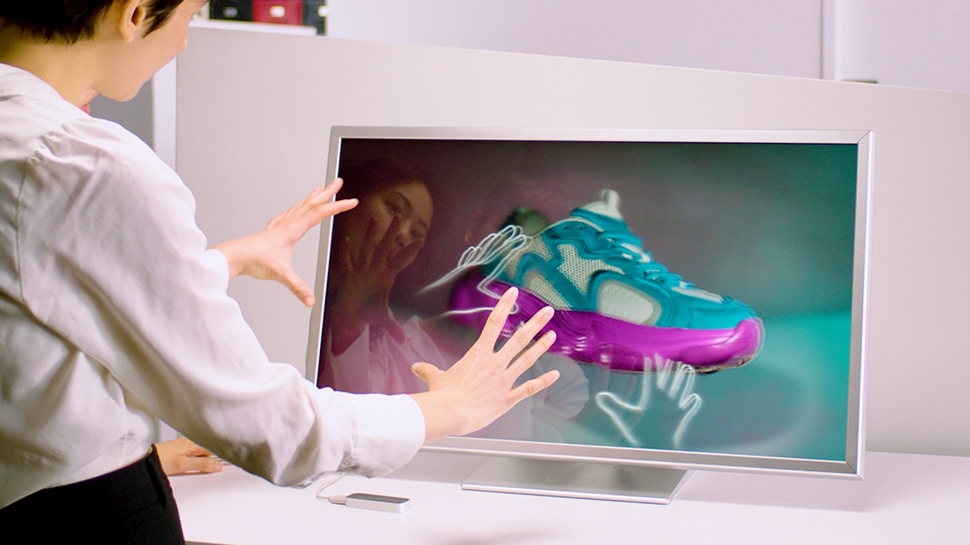
Spatial Displays, in both 16- and 32-inch configurations, offer a 3D multi-viewing experience that allows groups to view 3D images from multiple angles, making them especially useful in collaborative work environments. For projects where experts are located in multiple locations, the device can be used to simultaneously view a 3D project with independent control over the viewing angle.
The 16- and 32-inch Looking Glass displays are compatible with popular 3D creation tools such as Unity, Unreal, Blender and WebXR and the devices can convert FBX, OBJ, GLTF, STL, PLY or 3MF models into holograms.
With support for touchless gesture control and other interactive technologies, the immersive experience goes beyond just watching, allowing you to interact with 3D content in a way that feels natural and intuitive.
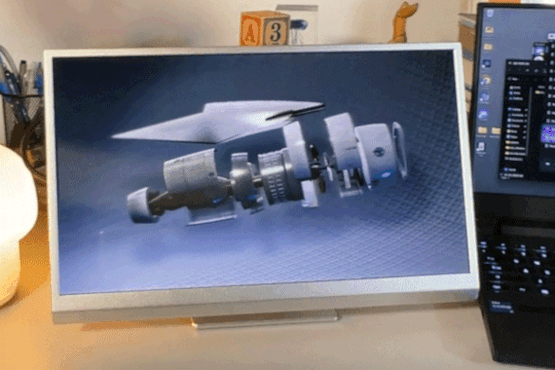
“Our goal has always been to make holograms accessible to everyone,” said Looking Glass co-founder and CEO Shawn Frayne. “Over the years we’ve gotten closer to this goal… and today we’re taking an even bigger step by bringing the power of headset-free holograms to individuals and businesses with Looking Glass spatial displays of all sizes.”

